18 Oct Kashmir Travel Itinerary 7 to 9 Days
This is my Kashmir travel itinerary for a long-awaited journey and a lifelong dream for my dad. Like most Indians, I have had my presumptions and imagination about Kashmir. After all, it is one of the most talked-about subjects in Indian politics, a subject that we love as much as we love tea.
I had tried visiting Kashmir 2 years ago. But with a sudden twist of the historic event of the removal of article 370 followed by the coronavirus pandemic had led me to cancel my plans.
After 2 years of yearning and pent up energy for ‘revenge travel’ after being locked indoors for months, I was determined to make this trip. However, like always, I find it hard to get information online, even with thousands of Indians with cheap Jio networks flocking to these destinations.
Kashmir is often called ‘paradise on earth’ and so much of it is true. You could easily barter your Switzerland trip for this place and won’t miss a thing. But you need to know quite a few things to make your way around. Here is my itinerary and more that you may find useful.
Itinerary to Kashmir
Srinagar -> Gulmarg -> Pahalgam -> Wular Lake -> Sonmarg -> Srinagar
Day 1 – Arrive in Srinagar
Day 2,3 – Leave for Gulmarg. Spend 1 or 2 days/nights in Gulmarg.
Day 4 – Travel from Gulmarg to Pahalgam. Takes about 4 hours. Stop at Pampore.
Day 5 – Spend the day in Pahalgam.
Day 6 – Travel from Pahalgam to Sonmarg. Takes about 6 hours. Stop at Wular Lake.
Day 7 – Spend the day in Sonmarg
Day 8,9 – Travel to Srinagar. Sightseeing in Srinagar. Return home.
Another alternative is to travel to Srinagar from Pahalgam and stay there for the rest of your trip. You can instead visit Sonmarg on a day trip from Srinagar and return the same day.
How to travel around in Kashmir
The answer largely depends upon how many people you are travelling with. If you are travelling solo, you can find shared cabs (sumo), small buses and even hitchhike between cities in Kashmir. However, you will need to find out with the locals about the schedules. No trains are available inside Kashmir.
However, there is very limited public transport inside the cities/towns. So in most cases, you will have to hire a local cab for the day to take you around the tourist destinations. These cabs can cost around INR 3000-4500 per day depending upon the distance and the destination you are covering.
In case you are travelling in groups, try and go for day cabs and split the rent. Large groups can also opt for taking a full-time cab with them. Take note that cabs/cars from a different state number plate are often unwelcome and banned from entering some locations. So it would be better and cheaper to get a local cab in most cases.
Horses and ponies are also another very common way to travel short distances. Several locals in the countryside breed and keep them to offer rides to tourists. And personally, I think that most people treat their animals well.
So you will often find yourself looking for a pony ride at places that are not easily accessible on foot. A pony ride usually starts at INR 800 for 2 hours and added INR 200 per additional hour from there.
Srinagar
Srinagar is the gateway to Kashmir and it should be the first stop to move ahead anywhere, even if you don’t spend much time in the city. Srinagar is accessible by road and flight that operates frequently from Delhi and even a few other major cities.
To me, Srinagar had this dreamy feeling of a mesmerizing shikara ride on the dal lake with snow-capped mountains in the background. On top of that, the ‘Shalimar gardens’ and other historical buildings built by Mughal emperors have only been the tales from our textbooks.
To be honest, I was fairly disappointed. It’s not that this is not true. But for the most part, Srinagar looks like any other city in India and parts of it resembles old Delhi city and even Lucknow with crowded streets, traffic jams, loud and boisterous people and the wafting smell of delicious food.
If you have come in search of the real Kashmir, I would suggest finishing up your sightseeing in Srinagar quickly and head ahead as soon as you can. Here are some of the places that you must visit in Srinagar:
1. Dal Lake
2. Shalimar Bagh Mughal Garden
3. Nigeen Lake
4. Hari Parbat
5. Jamia Masjid
6. Lal Chowk
7. Indira Gandhi Memorial Tulip Garden
8. Nishat Garden
9. Shankaracharya Temple
10. Dachigam National Park
Srinagar is the centre point for almost all major tourist destinations and you may have to pass the city repeatedly to move to another location.
Check out our blog on the best places to visit in Srinagar for more details
Gulmarg
Gulmarg is a must-visit place when in Kashmir. At least for first-time travellers. I haven’t been to Switzerland (yet) but I think that you can see an insane similarity between the topography of the two, both during the summers and the winters.
Gulmarg is just 2 hours away from Srinagar. You would be surprised to know that there is no local population that resided in Gulmarg. The place is only accessible for tourists and the Indian Army. The only locals that live in the town are the ones who travel during the day for work.
Therefore, it is only natural to find the place deserted at times and extremely tourist-centric, sometimes at the point of being annoying. Also be ready to pay steep prices for things like pony rides, gondolas, guided tours and viewpoints. These prices almost double during winters and the arrival of snowfall.
There is no other place like Gulmarg in winters and if you love the cold or want to experience the beauty of snowfall, you should try and visit the place between December to March but get ready to pay handsomely for it.
Here are some of the places that you must visit when in Gulmarg.
1. Apharwat Peak
2. Gulmarg Gondola
3. Alpather Lake
4. Kilanmarg
5. Maharaja Hari Singh’s Cottage
6. Children’s Park
7. Maharani Temple
Also Check out our detailed blog on travelling to Gulmarg, Kashmir
Pahalgam
Pahalgam is 2.5 hours road ride from Srinagar and 4-5 hours from Gulmarg if you are making this trip directly.
Pampore
Pampore is really nothing more than a small regular town, much like the rest of India. But the area around Pampore is popular for saffron fields where purple saffron flowers bloom during the autumn season from which saffron strands are extracted.
Of course, catching these flowers bloom will depend upon the time you visit. But if you want to buy authentic real saffron and related produce like almonds, walnut, raisins, fresh spices, honey, gulkand, Kashmiri kehwa etc. you should stop by and visit some of these places located right on the highway to Pahalgam
Pahalgam
Pahalgam is a small town located east of Srinagar that gradually moves towards the higher mountains that you have been looking at the backdrop so far. Unlike Gulmarg, the town is home to locals and you will find a small market, local shops, homes and people moving around the town. I also found it less touristy and more homely.
There are a few places to visit inside Pahalgam town. Here are some that you can explore even on foot if you are living around the main town:
1. Baisaran Road
2. Mamaleshwar Temple
3. Poshwan Park
4. Dara Shikoh Garden
5. Tulian Lake Trek
6. Tarsar Marsar Trek
But some of the best sights are located out of town and you will need to make small trips to visit them. A full day trip to all of these places combined will finish up your sightseeing. You will need to hire a local cab since private vehicles are not allowed in most of these areas. The fare for a half-day cab is INR 2100 and INR 3000 for a full day.
If you are looking for more information on the places to visit in Pahalgam and the popular treks, check out our blog.
Aru Valley
Aru valley is one of the popular places for sightseeing near Pahalgam where tourists flock for some fantastic views of the dreamy mountain ranges. It is around 30 minutes ride from Pahalgam and I suggest you get a local cab to take you there.
Not only the ride to the valley is beautiful, to me, but the valley itself is also comparable to the photographs I had seen of Switzerland. The mountains turn green during the summers with occasional wandering horses and their owner hiking in the wilderness.
Once you reach Aru valley, you can make a stop at the nearest park that is a fantastic place for your memorable photos of Kashmir. We rented out some local Kashmiri garments and went overboard with the cliche touristy poses. Renting out garments cost us INR 100 per person.
Right next to the park you can also take some ponies to reach the interiors of Aru valley that takes around 30 minutes. Do make the trip if you haven’t had your share of pony rides. The result is a lovely meadow and patch of grassland that should be even more beautiful during the blooming season.
Betab Valley
On the other side of Pahalgam is Betab valley on the way to Chandanwadi. The valley’s name comes from the hit Bollywood movie ‘Betab’ starring Sunny Deol and Amrita Singh that was shot here. In fact, the two decades from the 60s – 80s is when Bollywood made Kashmir its go-to destination for shooting.
Today, you can find a sprawling park in Betab valley. The Lidder river makes its way through the park with icy cold and crystal clear water that the locals drink from directly. It later merges with Jhelum. The park is huge with a walkable stone trail that runs across. You can also enjoy a small meal on the riverbank of Maggi, tea, coffee or ice cream from a nearby stall.
However, you will catch the best views of the valley on your way to Chandanwadi. Stop your car and get down to take in the aerial view of the Lidder river, blue in colour, cutting and making its way through the wide meadow.
Chandanwadi
Chandanwadi is a small and extremely important town to the northeast of Pahalgam. It is the starting point for the Amarnath yatra, a long arduous and religious journey that several Hindus make to the endpoint at the Amarnath caves. It is also the last village on this route.
If you are fascinated by the Amarnath journey but are not making it, I would suggest you can make your way to Chandanwadi and find more about it. You will also find the river that makes its way from the Amarnath caves and maybe hike a couple of kilometres to get in the feel. Make sure you have warm clothes for this place since it can get pretty chilly.
Wular Lake
Including this in your itinerary is completely an option since you will have to take a detour on your way to Sonmarg and maybe spend an additional 2 hours visiting it. But we did that and I will tell you about it.
Wular Lake is HUGE! You can see that on the map. Geographically, it is the biggest freshwater lake in India (Sambhar lake is saltwater and Chilka lake is a brackish or semi-saline water lake bigger than this).
Since it is so huge, you can access it from several points. We made a halt at Wular vintage park and I think the view to the lake was simply mindblowing. You don’t have any shops in the area so get some snacks or a meal with you and make a picnic out of it. The garden is beautiful and a great resting place for late afternoon.
Sonmarg
Sonmarg was our last destination in our 9-day trip itinerary and luckily, we had the best of it there. When I was looking up for stuff to do in Sonmarg earlier and really nothing came up. So, don’t rely on the internet.
The most popular place to visit in Sonmarg is Thajiwas glacier. And I think that you must not miss it. While most of the local guides will convince you that you need a pony to reach there, if you are fit enough to hike 5 km on slightly uneven terrain, you can also make this journey on foot.
We did one way on a pony (costs up to INR 600 per pony) and returned back on foot. The views are amazing. At the glacier, you probably won’t find any snow during the peak in summer. But it’s still cold up there and you can hang around for tea and Maggi.
You can read more about places to visit in Sonmarg with popular treks on our blog
Zero Point
The next trip from Sonmarg is towards zero point. While it shows just 6 km from Sonmarg, its actual distance is 23 km. Zero-point refers to the border point between Kashmir and Ladakh. Only local vehicles are allowed to make this journey so hire one if you don’t have one already. It could cost you around INR 3000.
The journey itself is exhilarating. You can find snow-capped mountains in the distance even at the peak of the summer. You can also observe the terrain changing from bright green mountains to dry yellow ones with distance. We found some large blocks of ice from last winter that melts into icy cold water streams and makes tiny waterfalls.
We crossed the Zoji La pass and saw the construction of the tunnel that will open up Ladakh all year round (currently its closes in winters). The zero point lies just ahead of Gumri where you can find a war memorial and a small temple that you must make a stop at. A small cafe run by the army also serves tea, Maggi and momos.
Saying goodbye to Kashmir
No matter where ever you are, you need to travel back to Srinagar to travel back. If you are travelling back by air, make sure you reach the airport with an ample amount of time since the security checking is rather strict.
Kashmir will imprint strong memories for you. Memories of mountains and Himalayas that you will never find anywhere on the planet (even if they look alike). If you decide to make another trip, you can also decide to travel deep in the mountains to some of the lakes with trek time that could range from 3 – 10 days.
Check out these tours if you want to explore more:
Kashmirtreks.com – Kashmir Great Lakes Trek
Indiahikes.com – Kashmir Great Lakes Trek
Thrillophillia.com – Tarshar Marsar Trek
Alpinelakestrek.com – Kashmir Naranag Gangabal Lakes Trekking
Best time to visit Kashmir
Winters in Kashmir
Now if you love winters and the snow, I will definitely suggest that you visit Kashmir once in the winters. Especially Gulmarg. But it comes with its own restrictions.
On one side it is extremely cold where the temperature drops down to several degrees minus zero. On the other hand, your travel and movement os fairly restricted since most of the roads are blocked with snow and only small vehicles are allowed to pass. On top of that, the prices are insanely high.
But I still think that the price is worth it and you must visit Kashmir during the winter at least once in your life
Summers in Kashmir
As beautiful are the winters, summers are also a fantastic time to be in Kashmir. Especially if you are looking for some respite from the heat. Although Srinagar still remains quite hot. You can find relatively better weather in Gulmarg and Sonmarg.
It is also a good time to travel long distances and cover a lot of places in Kashmir. Tourist activities are at their peak corresponding to the number of tourists that flock here. Several places that are closed off during the winters are open only after the snow melts during a few months in summer.
Most of the treks to lakes deep in the mountains takes place during this time. You can also plan all your adventure activities then.
Spring and Autumn
I think these are probably the best months to go. Also called the ‘shoulder’ season, spring is when the snow has not yet melted in a lot of places in Kashmir. You can catch snow and frozen glaciers near Gulmarg and Sonmarg as late as April. Plus, the steep prices have come down and there is the ability for more movement.
Autumn is also a fantastic time. It is when the saffron flowers bloom in the valley and with a little effort, you can find these rare views. The weather is a little chilly but the days are warm. The tourist activity also subsides after a busy summer so you can get great prices on hotels and flights.
If you are going in search of some snow, plan your vacation in mid-October and you will be able to catch some fantastic views, at least in some areas.





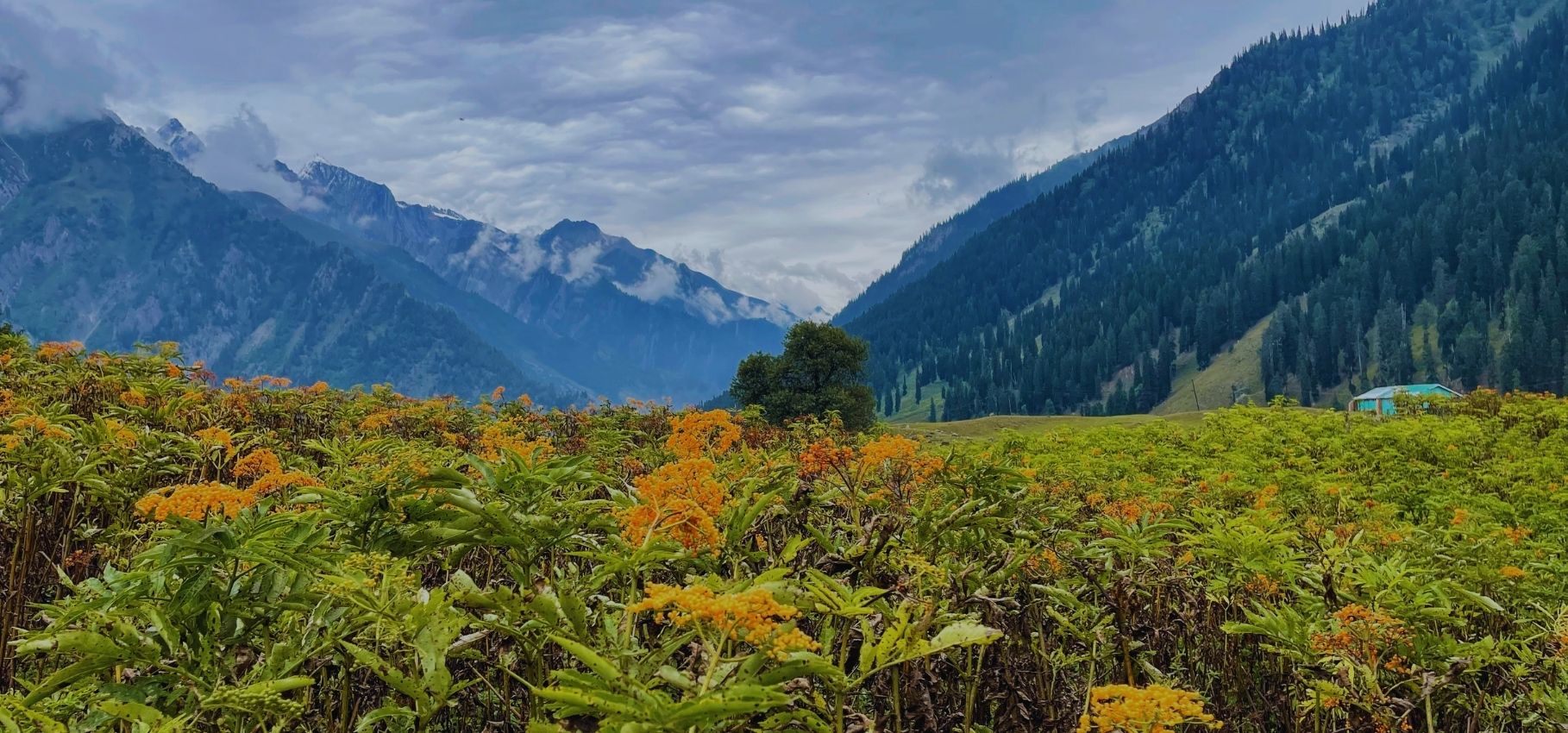
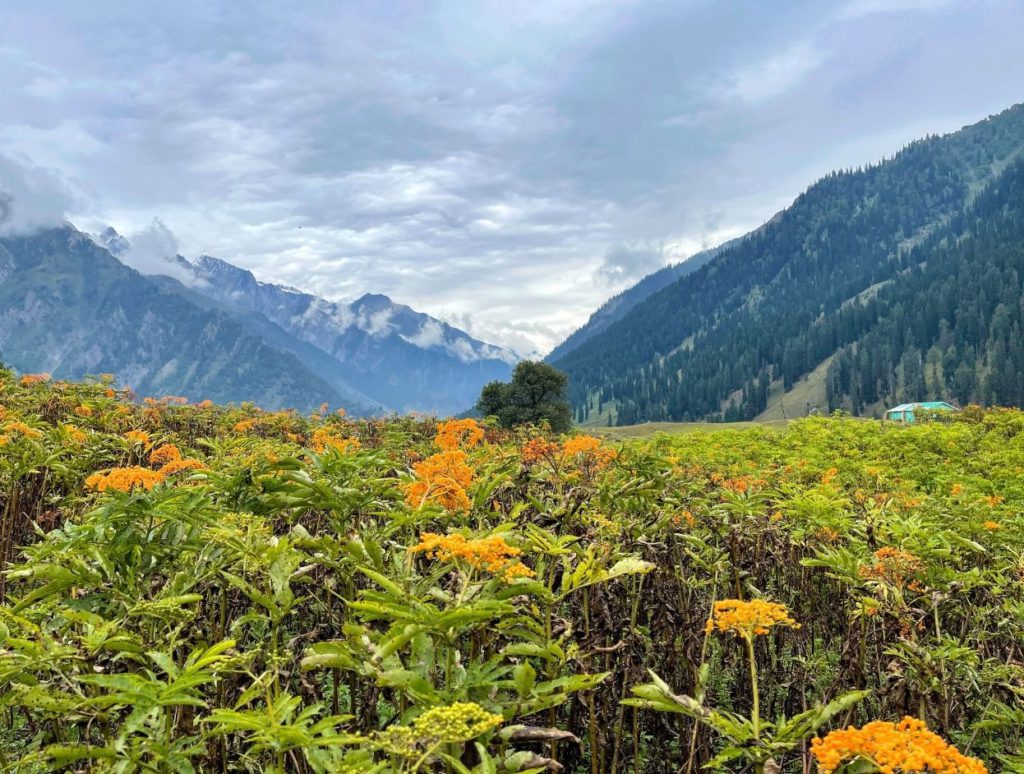
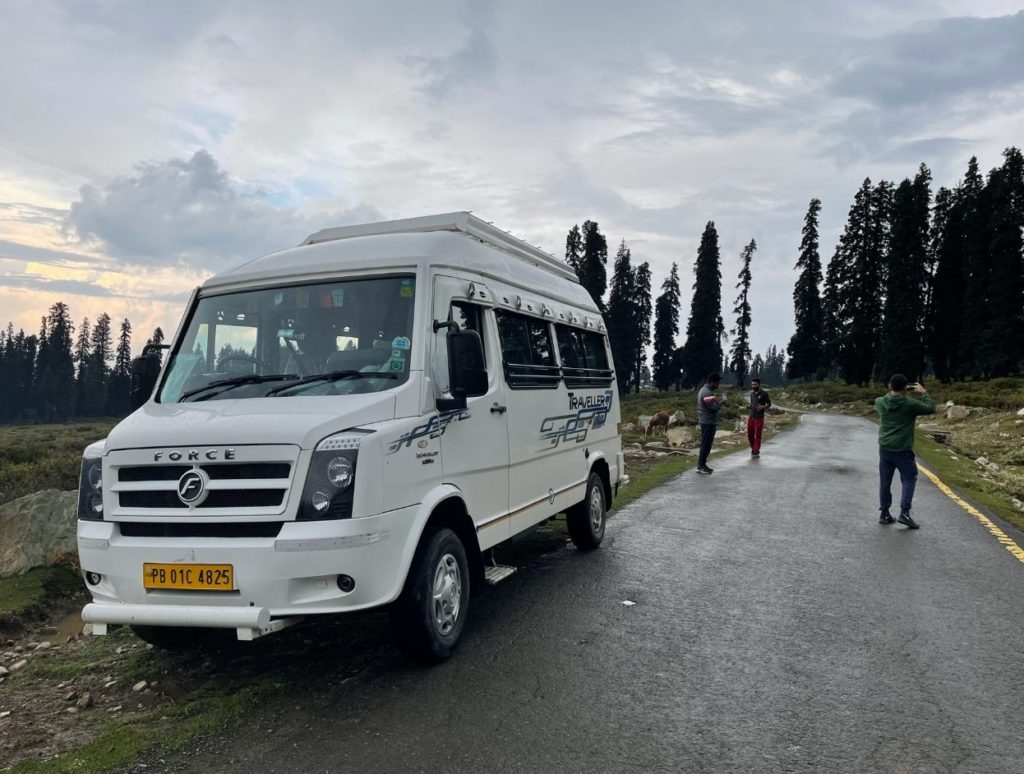
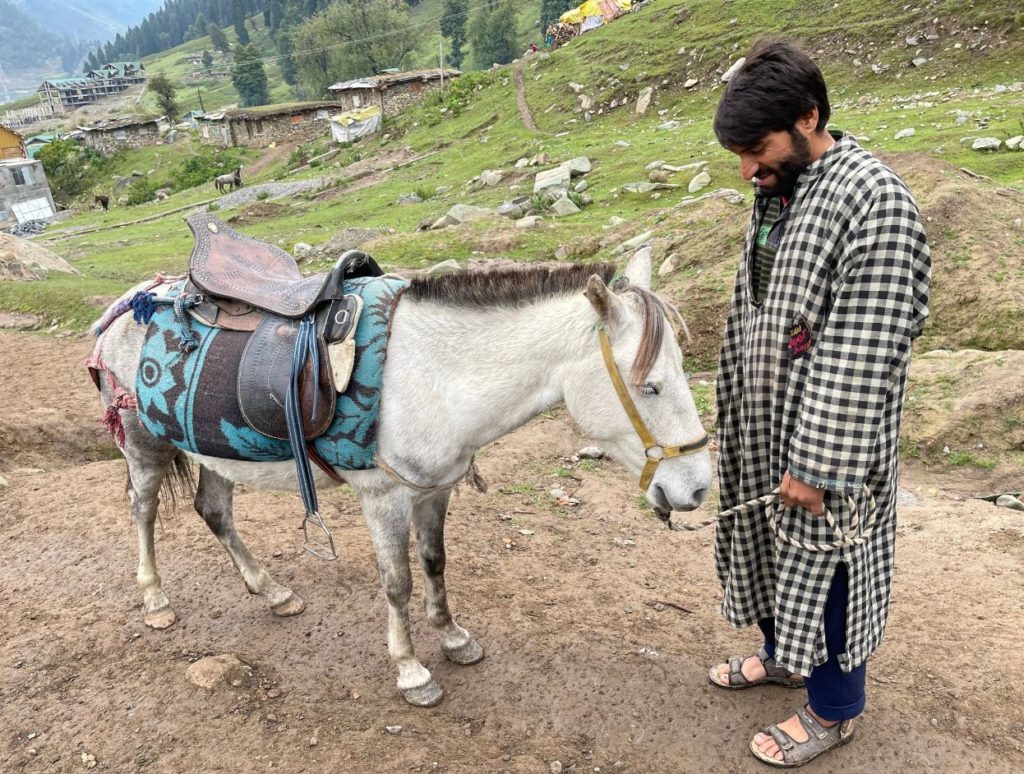
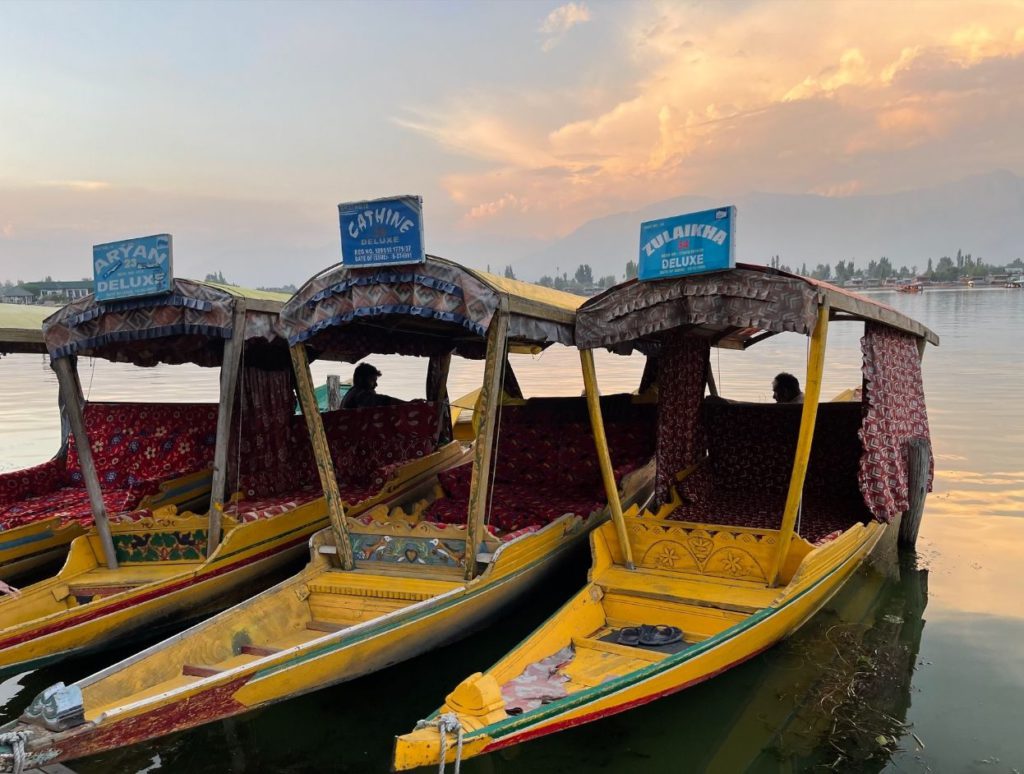
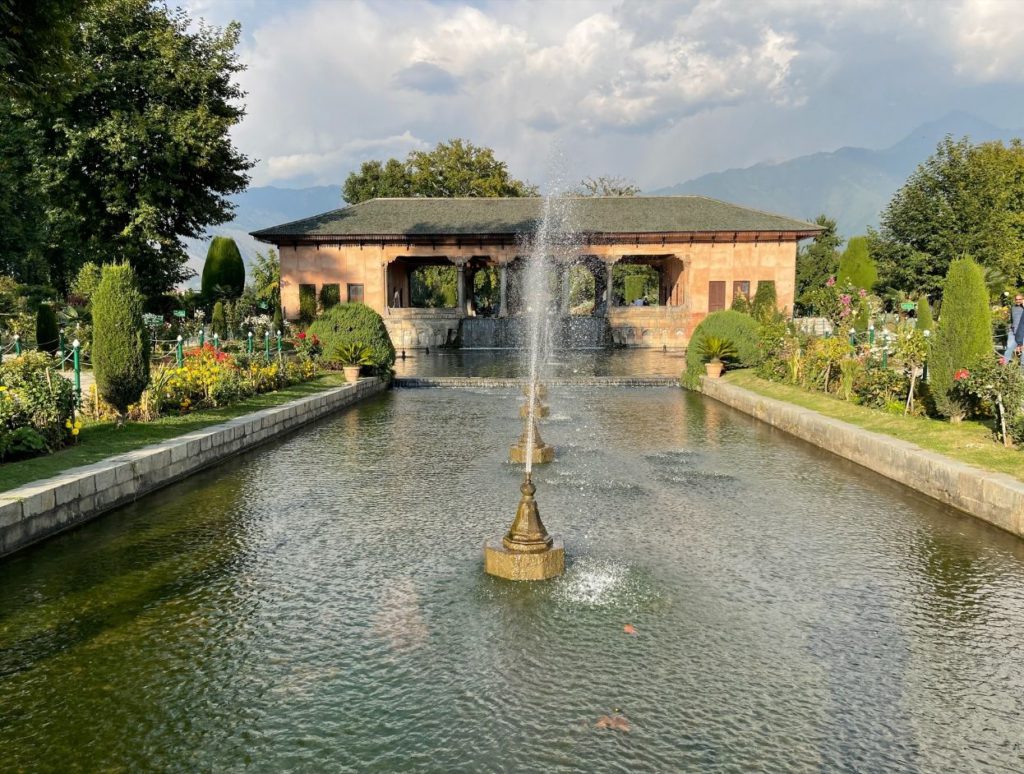
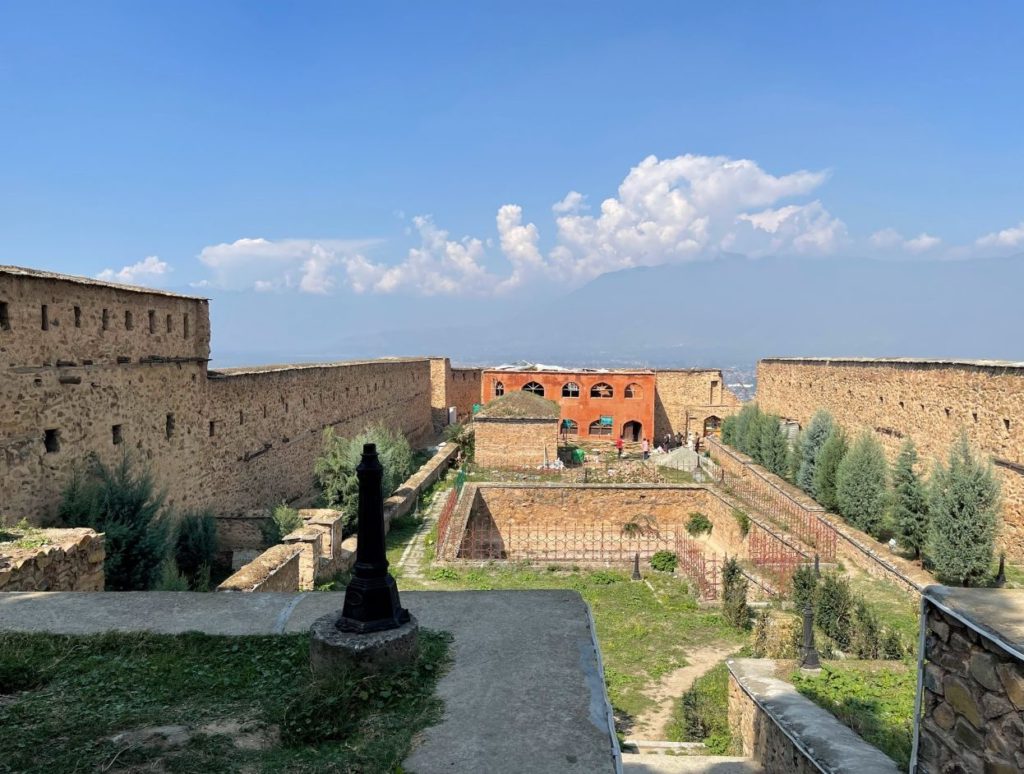
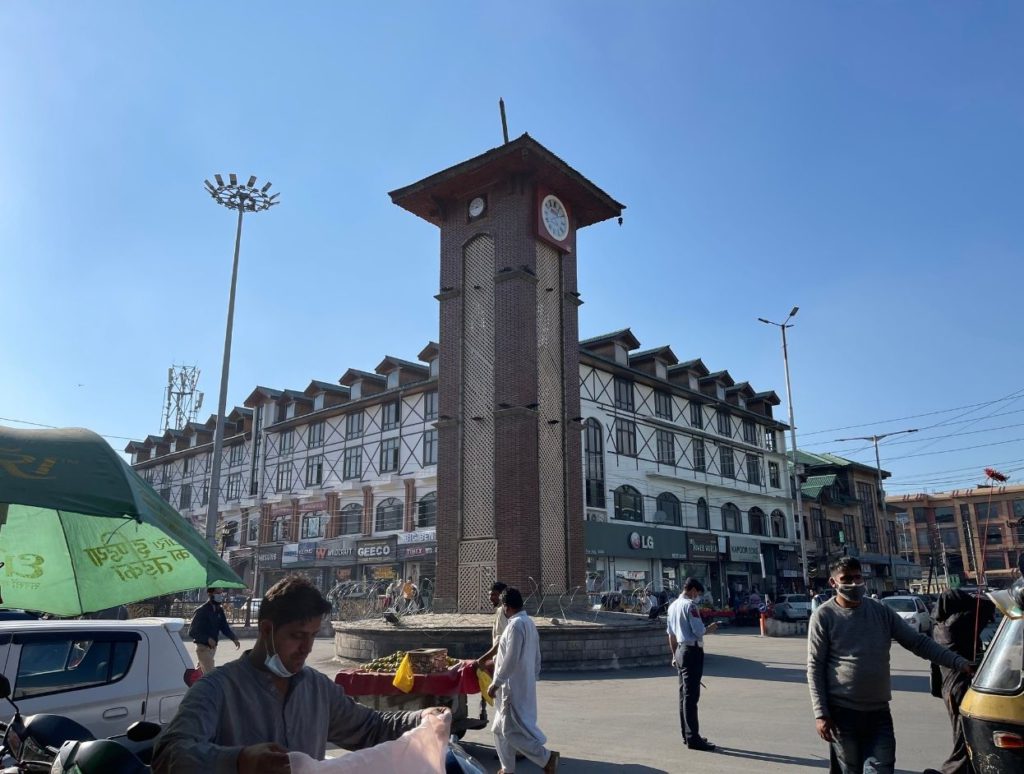
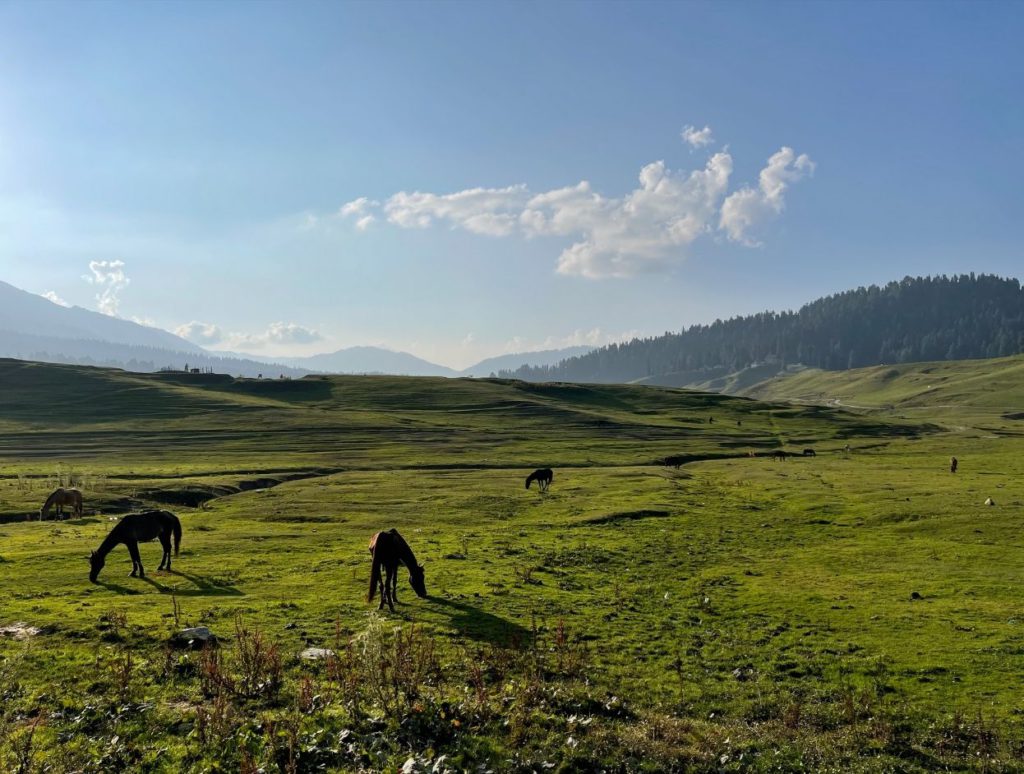
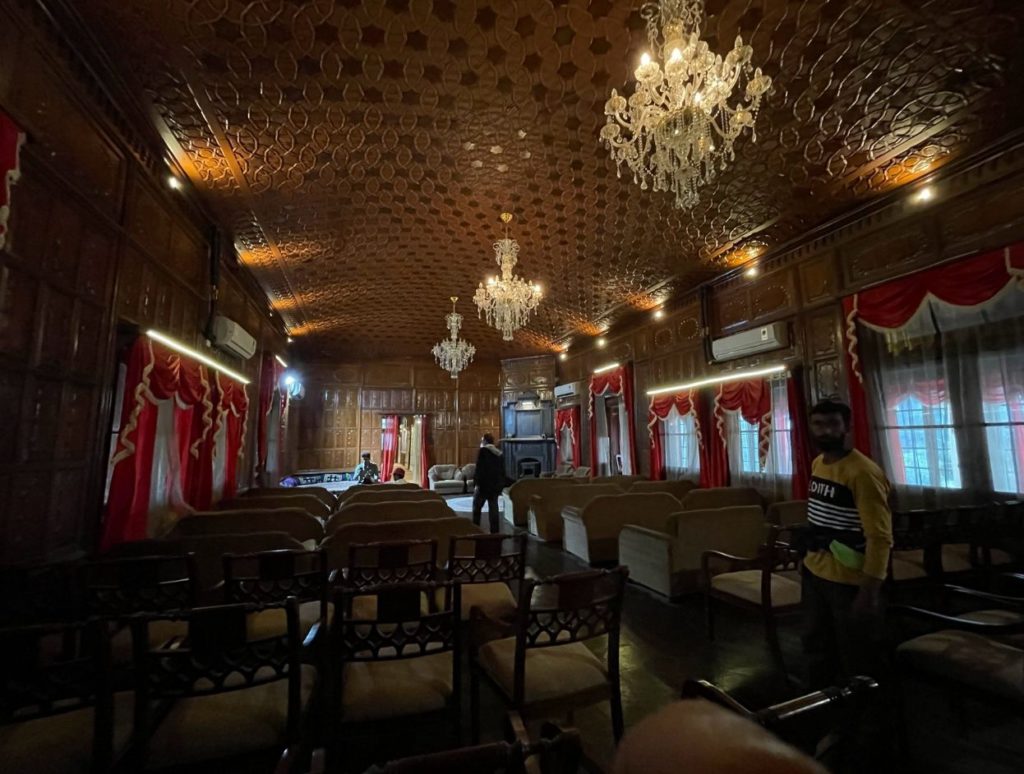
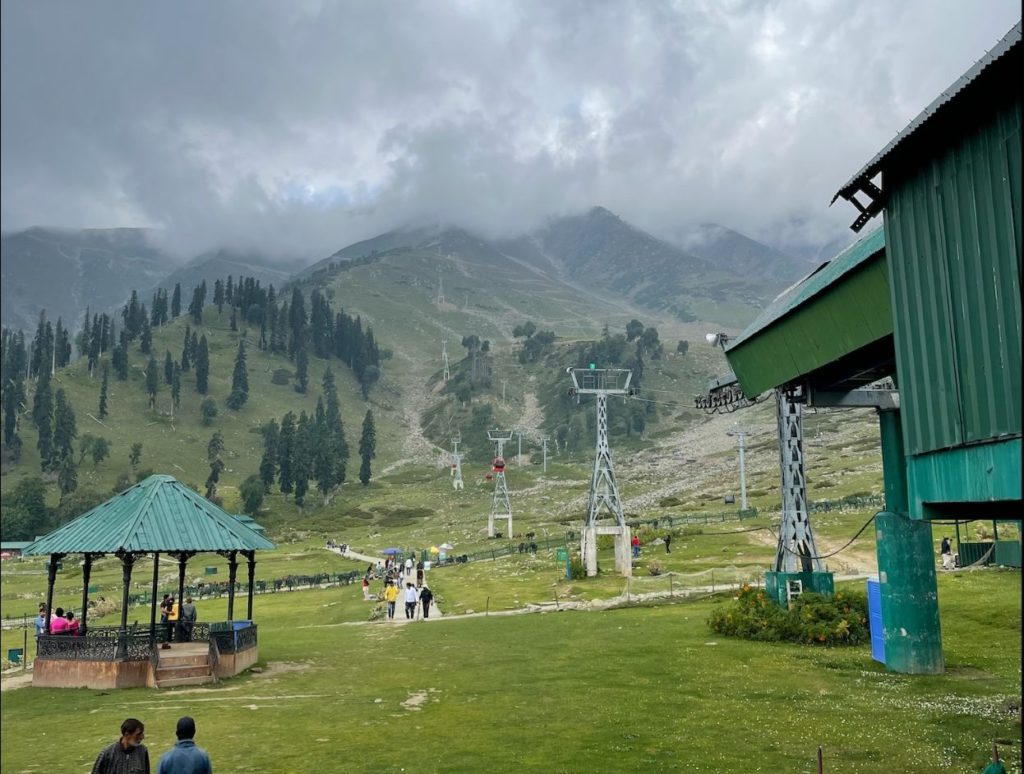
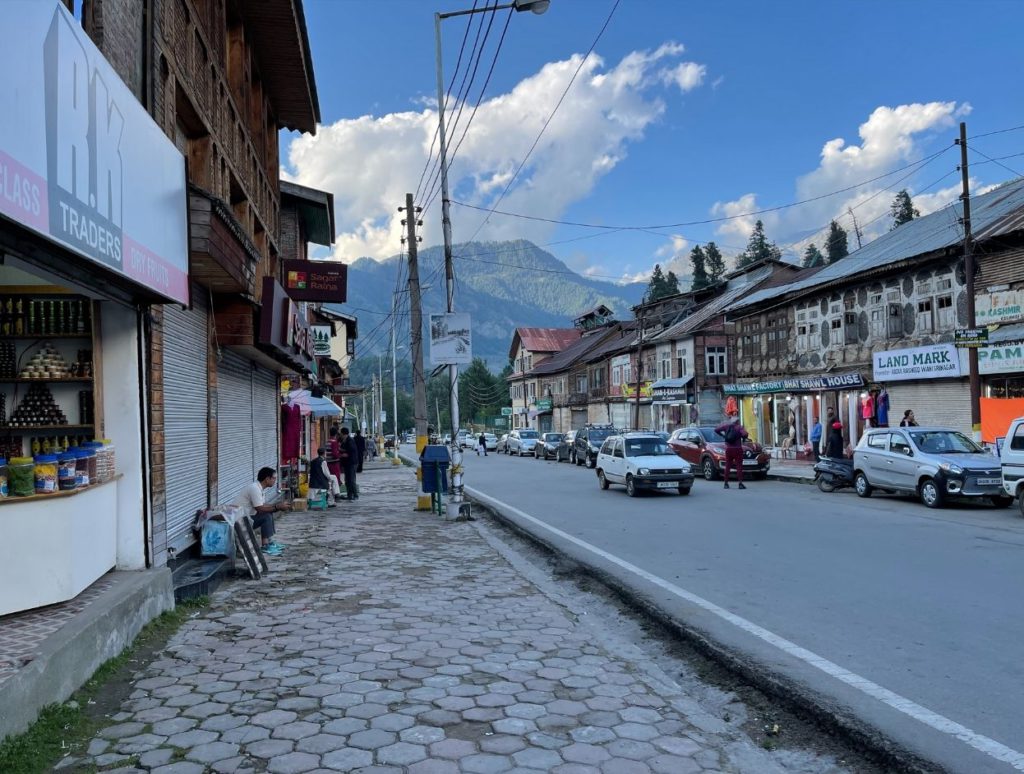
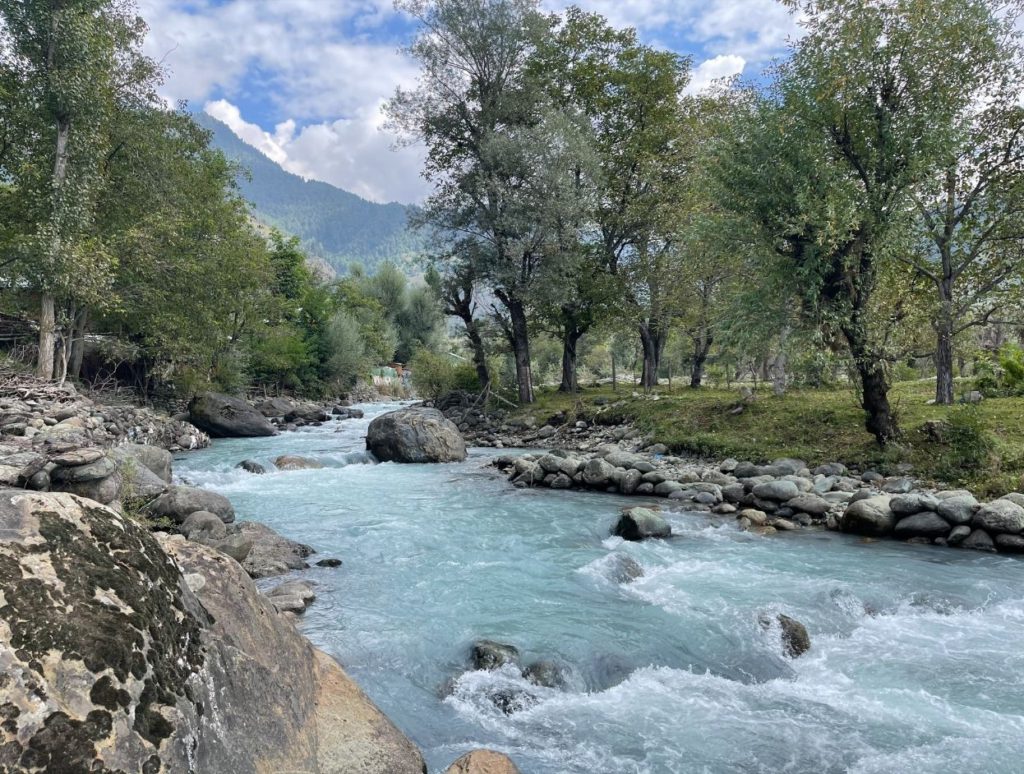
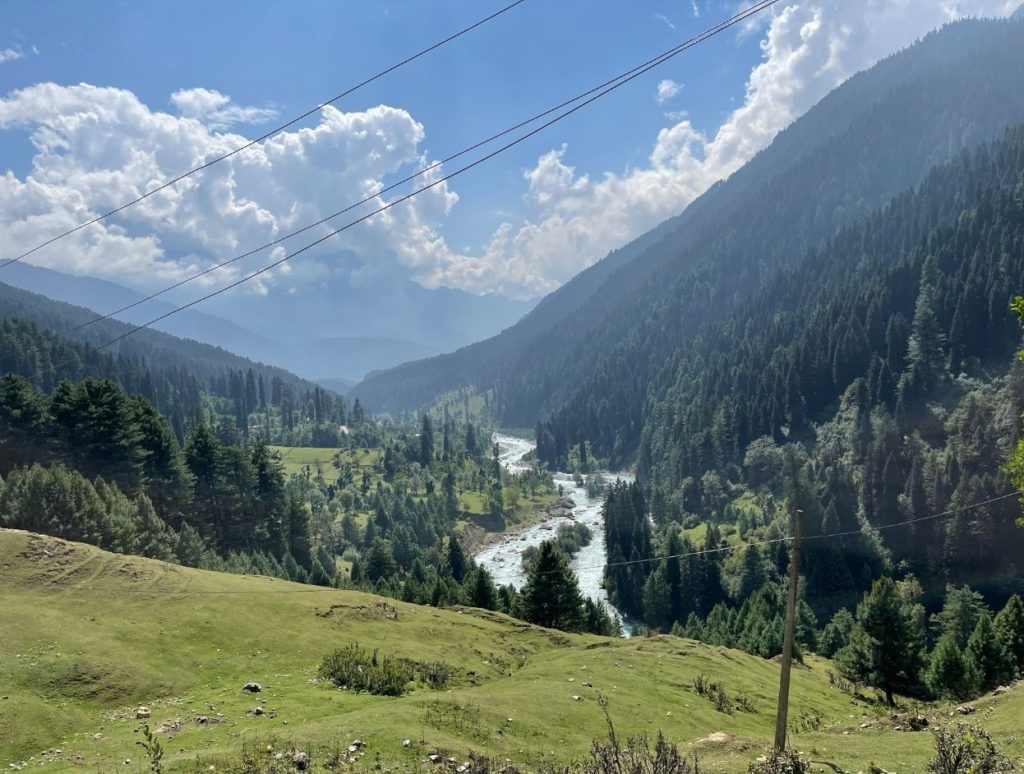
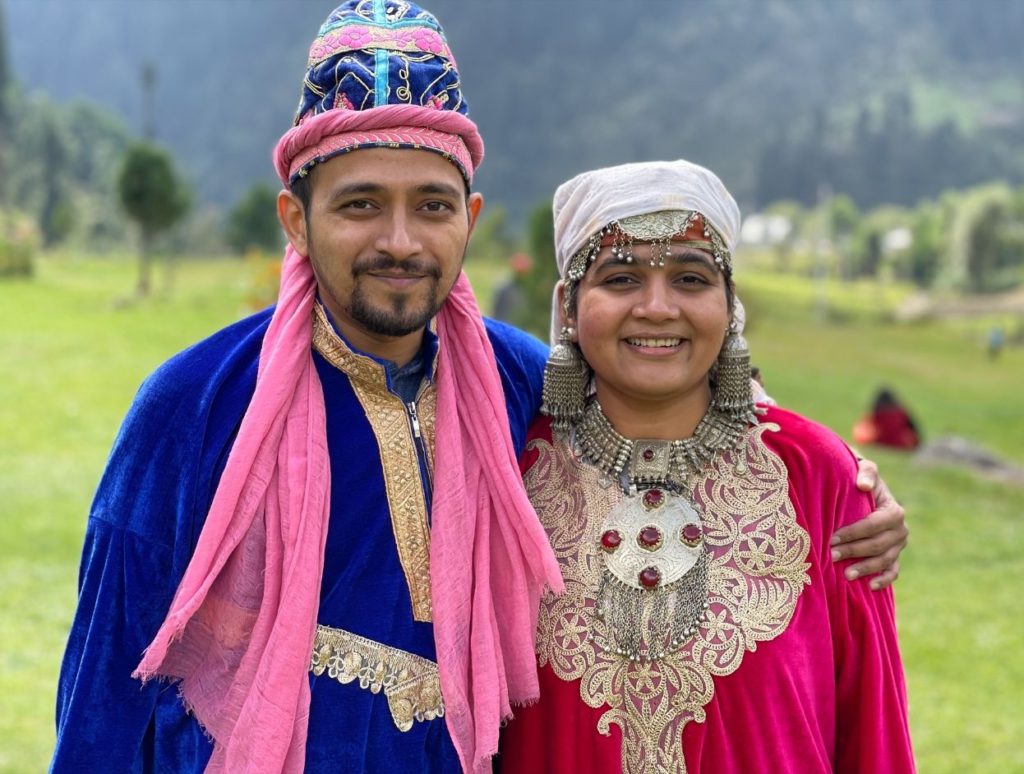
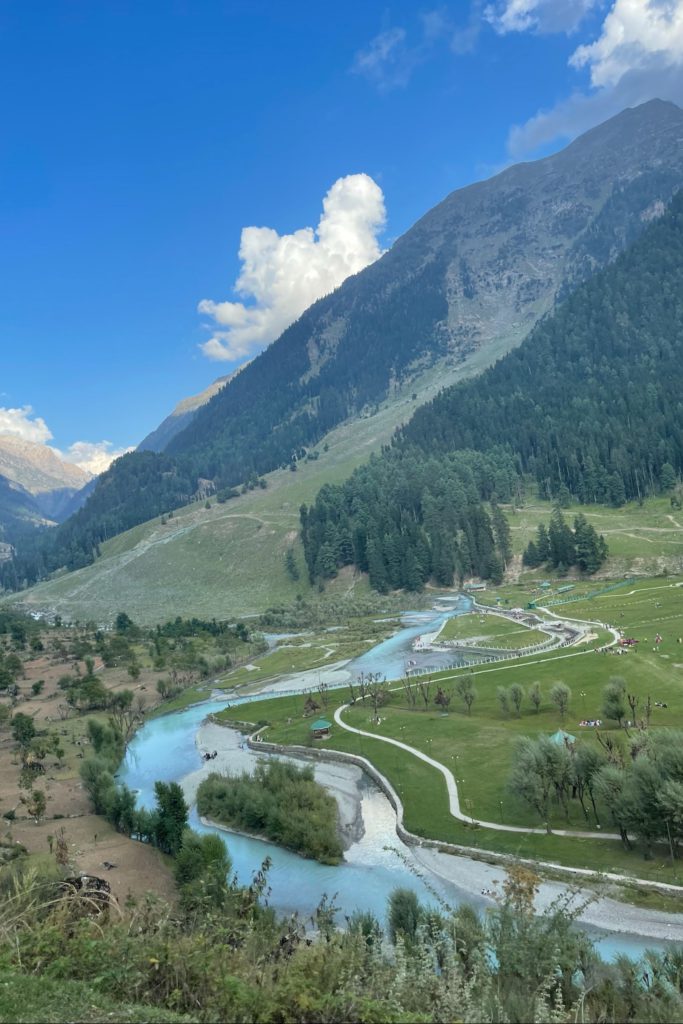
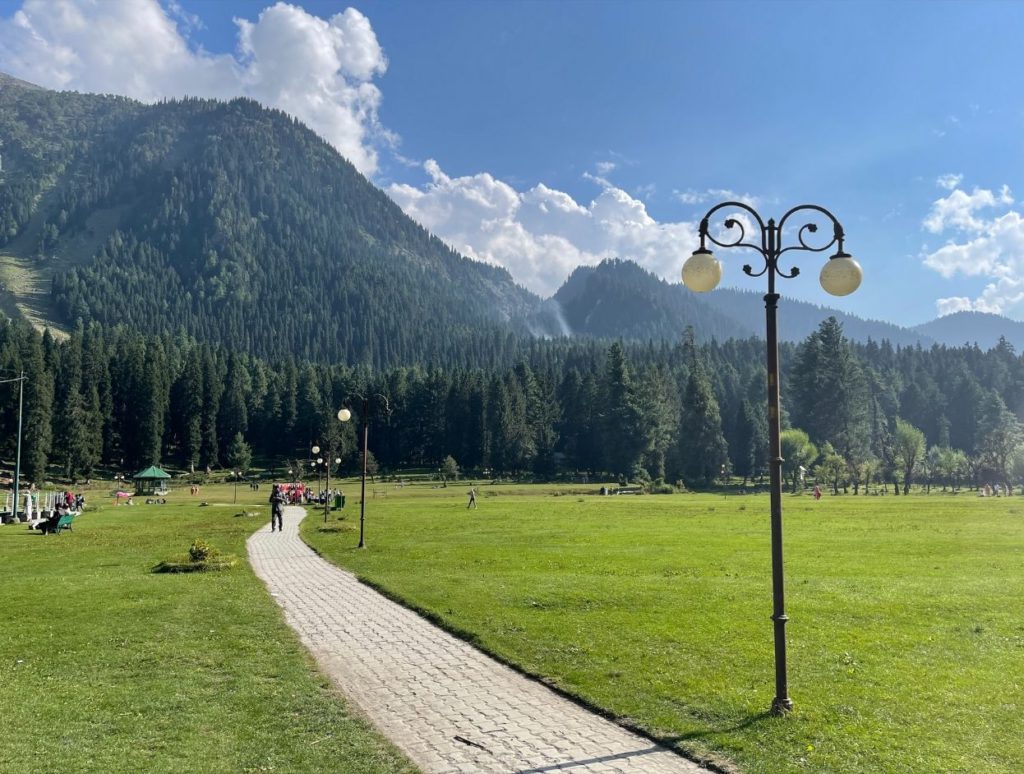
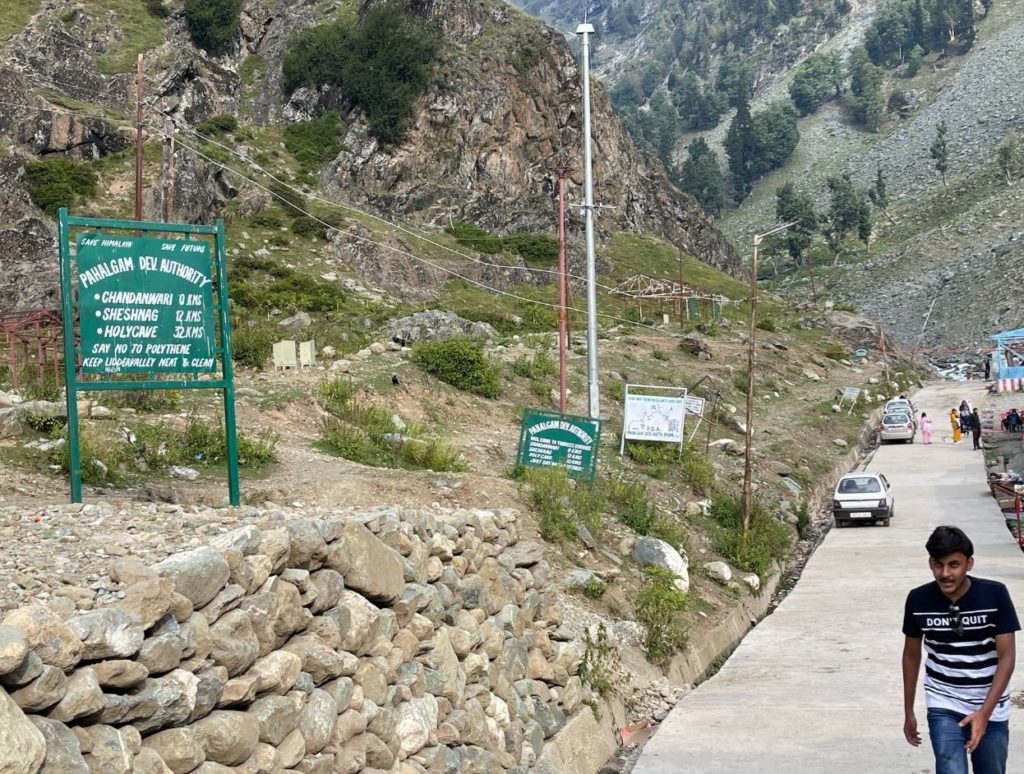
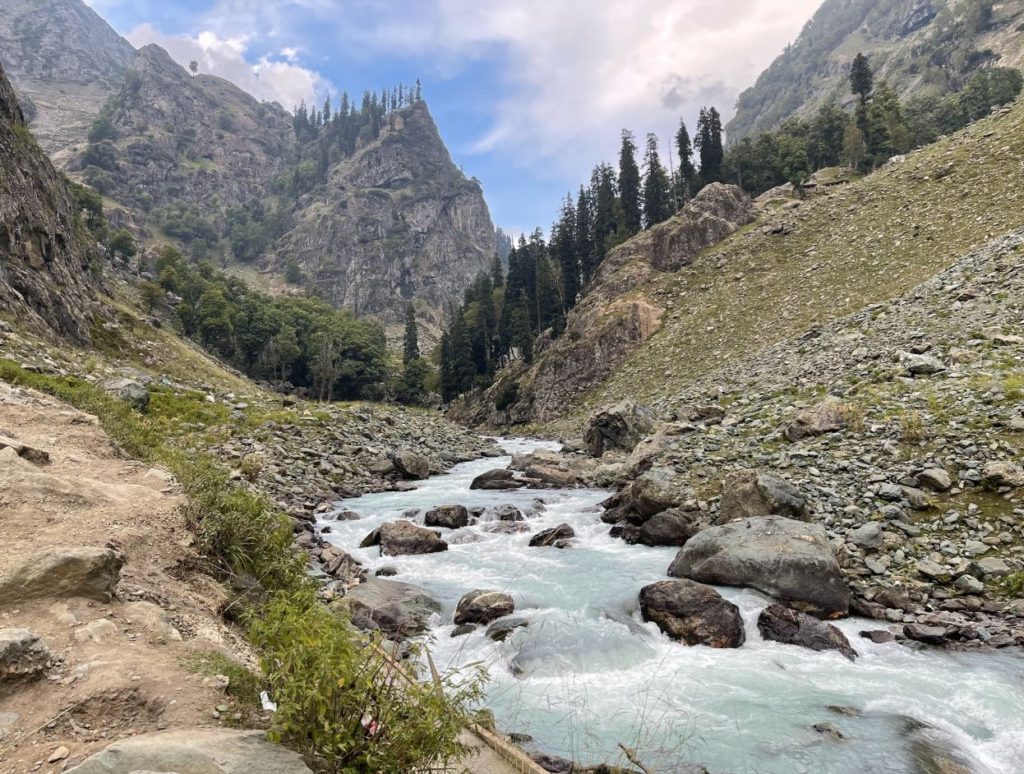
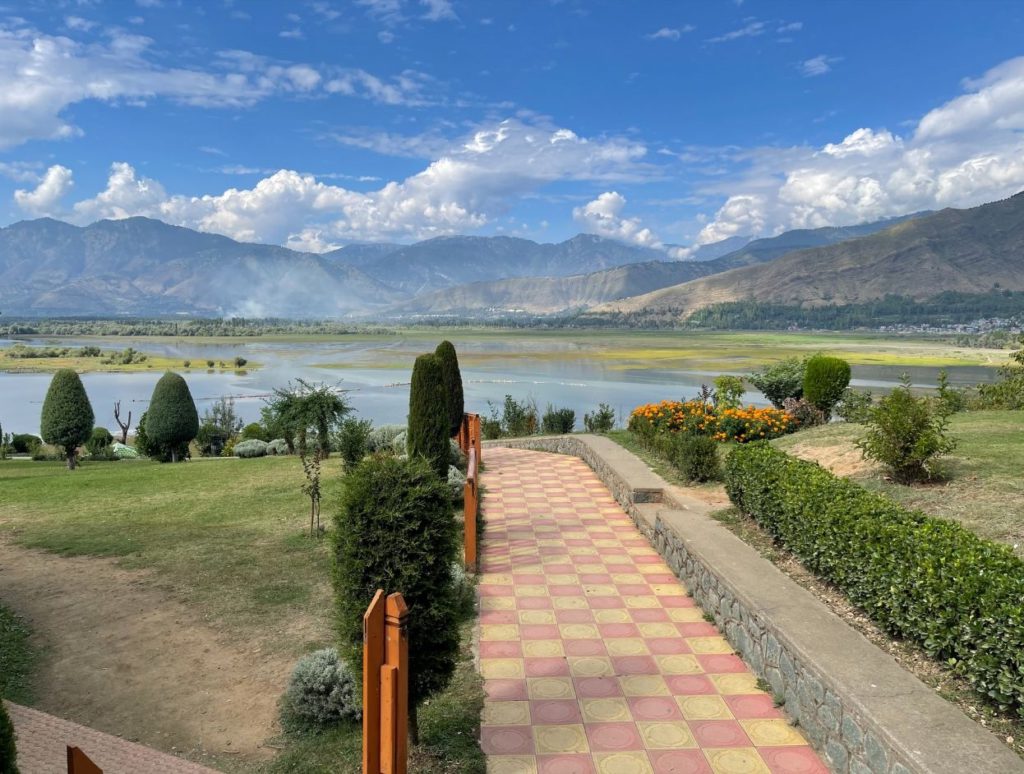
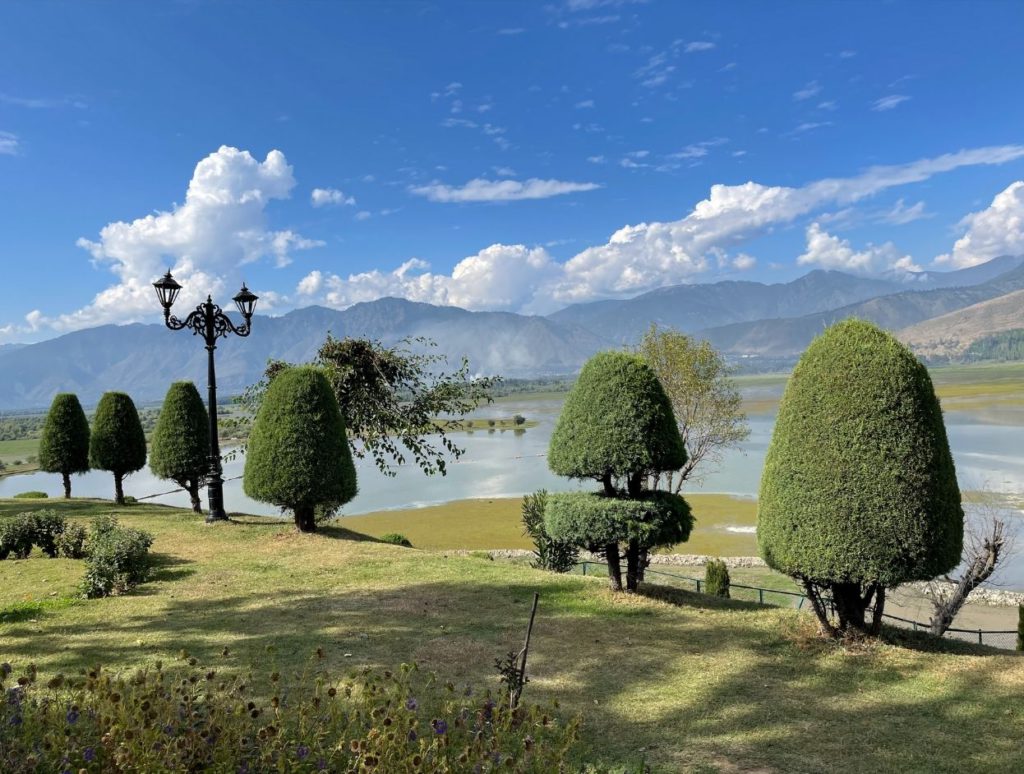
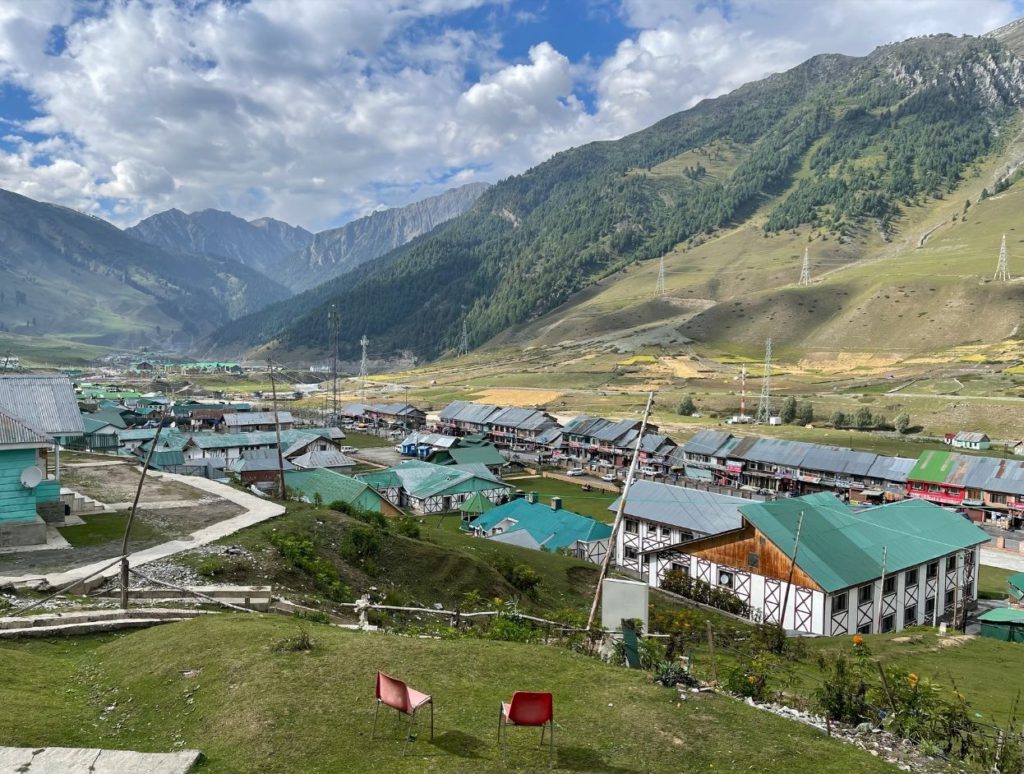
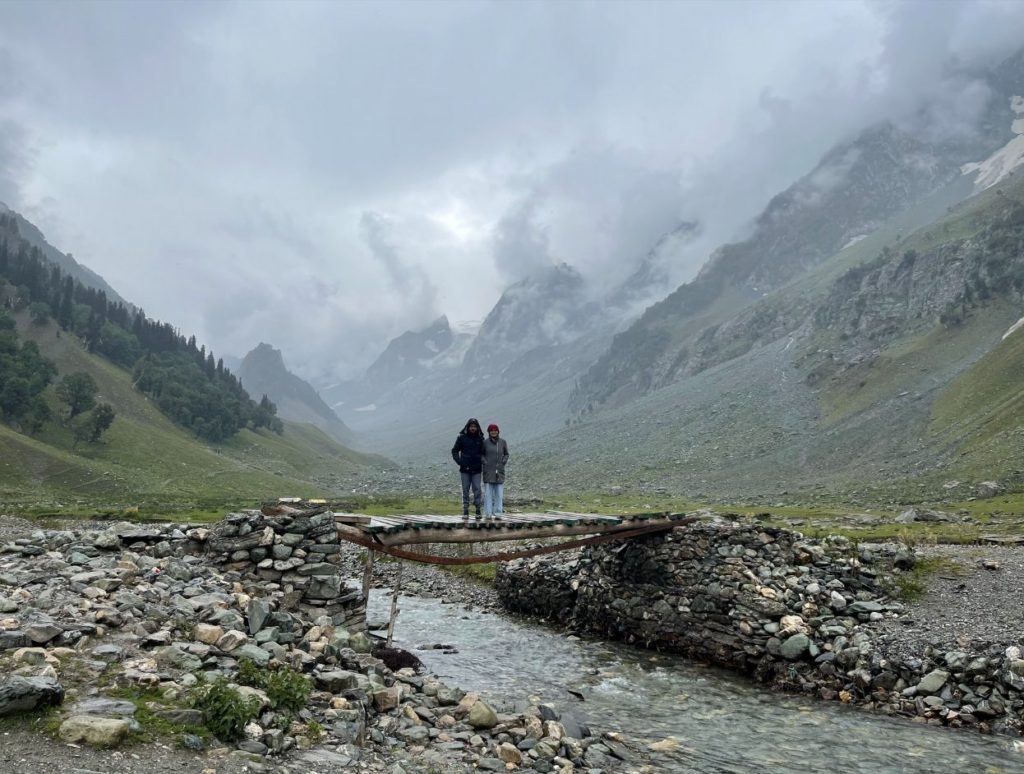
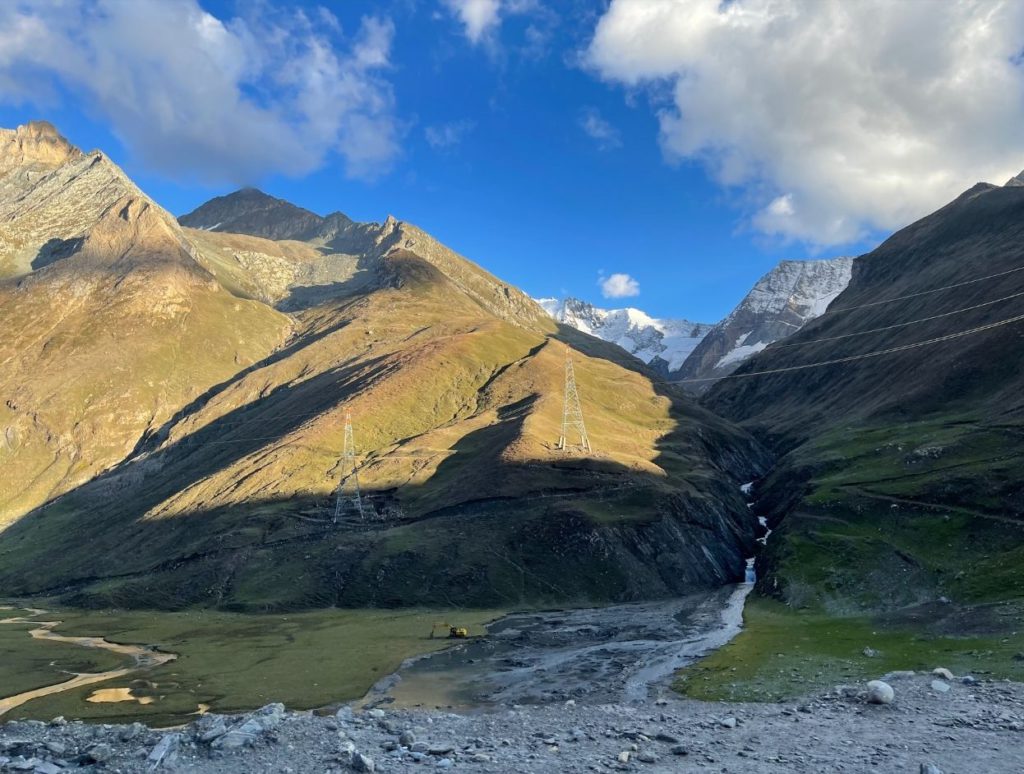
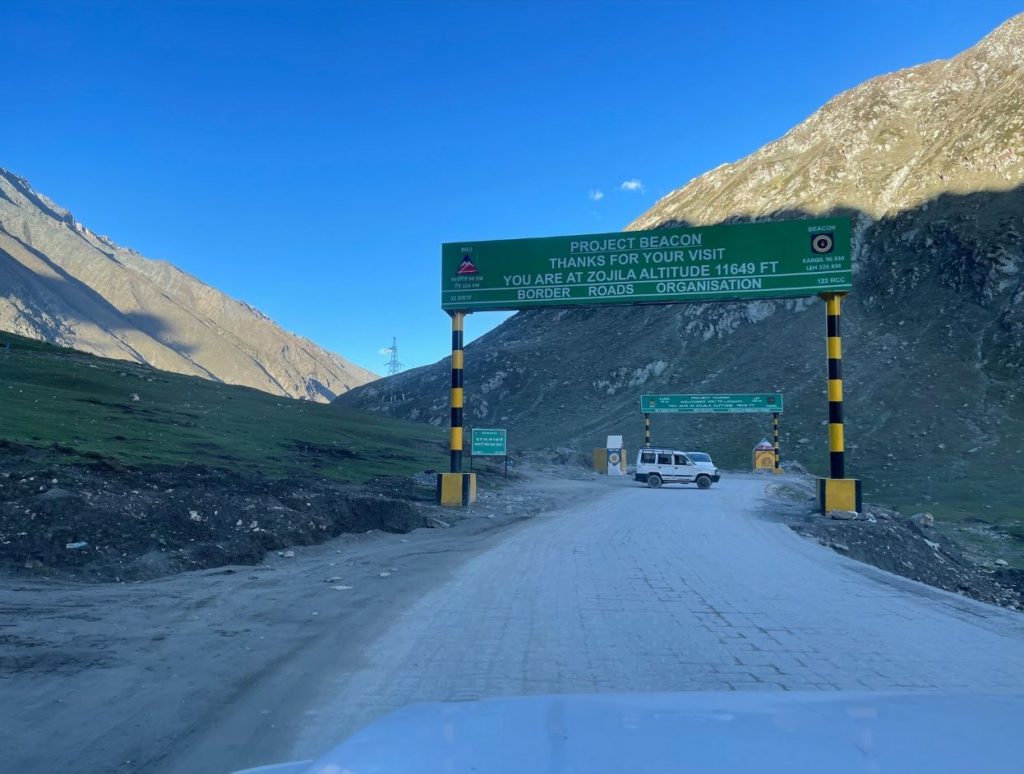
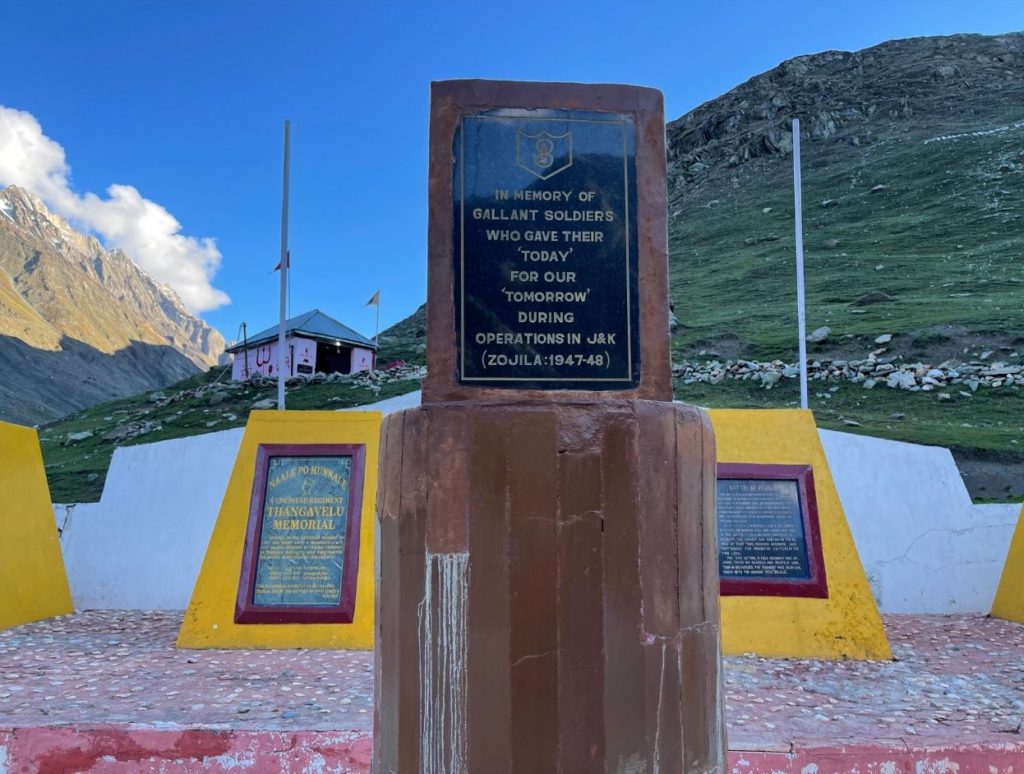
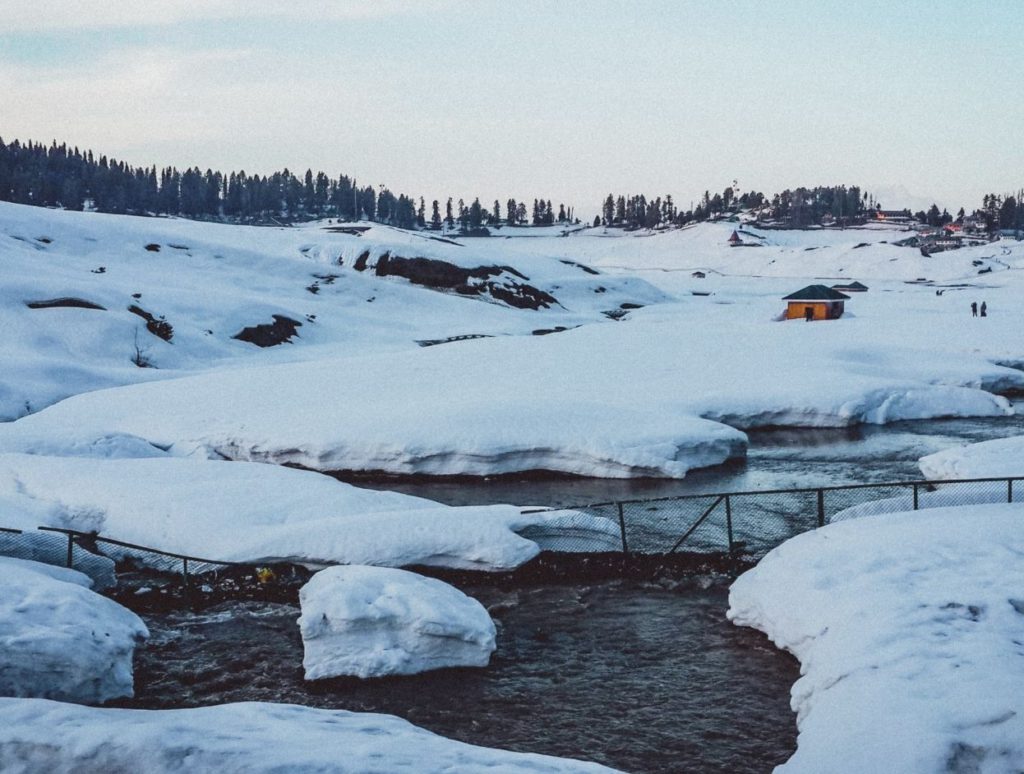
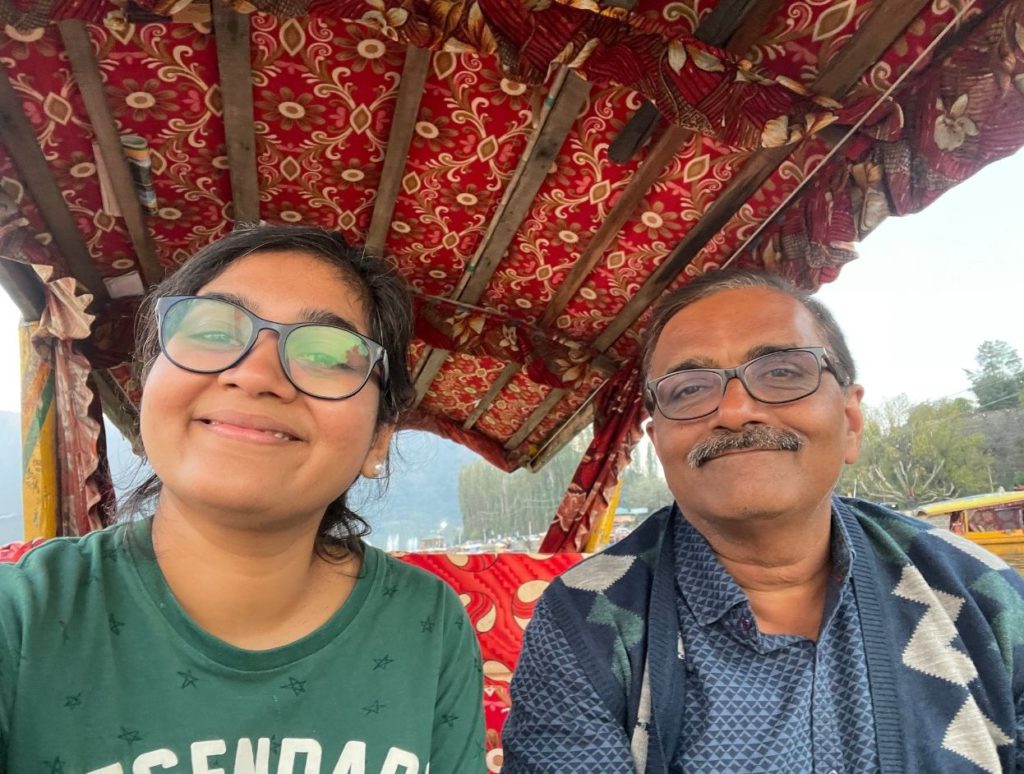

MAHMOUD AHMED
Posted at 02:51h, 15 SeptemberHOW MUCH DOES Kashmir Travel Itinerary 7 to 9 Days COST
admin
Posted at 21:06h, 24 SeptemberHi Mahmoud,
You can expect to pay around an average of 50-60k per person if it is not the peak season for 7-9 days. If it is the peak season (winter ski season, tulip blooming or summers, the prices can be much more.